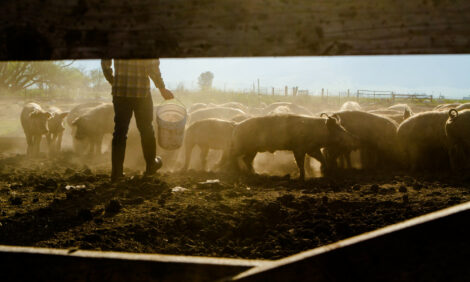



EU member states endorse updated Code for Green Labelling for Feed
The code offers detailed guidelines for the compound feed sectorFollowing a comprehensive 12-month assessment, the European Commission’s SCoPAFF on Animal Nutrition officially endorsed the upgraded Copa-Cogeca & FEFAC Code of Good Labelling Practices for compound feed, according to a recent news release from FEFAC.
The endorsement at the meeting of 2-3 December marks a significant step forward in the promotion of sustainable feed production and reduction of livestock production’s emissions.
Inspired by the proposal for the Green Claims Directive, the updated code includes detailed guidelines for communicating the environmental performance of animal feed to farmers, addressing key impact areas such as climate change, eutrophication, and livestock emissions abatement techniques.
The enhanced code, which integrates the PEFCR Feed for Food-Producing Animals methodology and the Global Feed LCA Institute database, offers a harmonised approach to labelling that supports the feed sector’s efforts to reduce its environmental footprint.
Developed with the support of FEFANA, the code also provides clear recommendations for substantiating environmental claims for compound feed, especially in relation to livestock emissions abatement techniques. More specifically, it ensures that feed producers can transparently report on the environmental impact of their products, enhancing the feed sector’s transparency towards both livestock farmers and consumers. By including information on 16 environmental impact categories, including water use and biodiversity, it addresses the need for accurate reporting to meet Scope 3 greenhouse gas emissions requirements.
The endorsement of the upgraded code represents a major milestone in the path toward sustainable feed and livestock production. Thanks to this harmonised framework, the feed sector is now better positioned to contribute to reducing the emissions of feed and livestock production.








